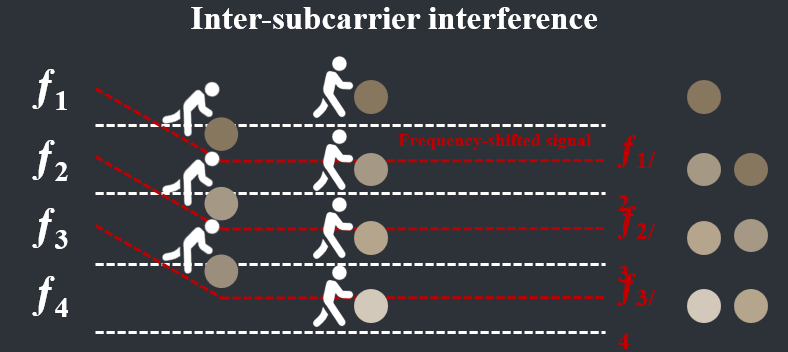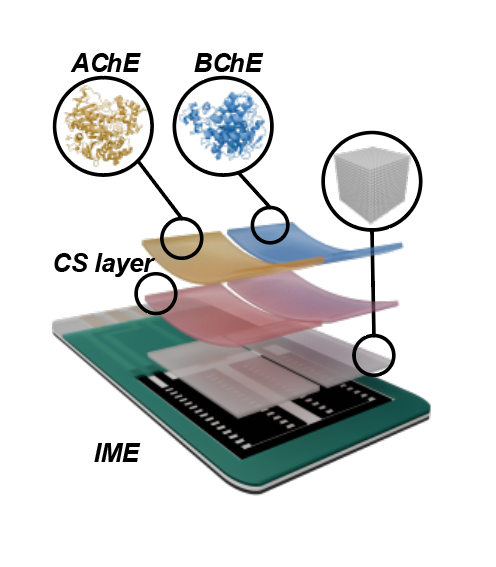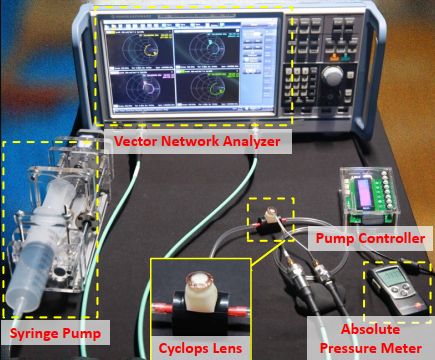 Northwest University
Northwest UniversityXi'an, China
School of Information Science&Technologe
Research Interest:
My research interests include the design and experimental analysis of architectures, protocols, and applications for next-generation wireless communication and sensing systems with a focus on millimeter-wave and terahertz networks, the Internet of Things, robotic wireless networks, and wireless security. On these topics, my lab’s research spans from theoretical analysis and modeling to hardware implementations and experimental evaluations.
Action required
Problem: The current root path of this site is "baseurl ("/xiaojiangchen.github.io") configured in _config.yml.
Solution: Please set the
baseurl in _config.yml to "Experience
-
 Northwest UniversityVice Dean in the School of Information Science and Technology
Northwest UniversityVice Dean in the School of Information Science and Technology
Honors & Awards
-
the Best Paper Award Candidates at Sensys2019
-
the Best Paper Nominee Award (the only finalist in mainland China) at the top international security conference ACM CCS2018
Selected Publications

Hydra: Attacking OFDM-base Communication System via Metasurfaces Generated Frequency Harmonics
Yangfan Zhang, Yaxiong Xie, Zhihao Hui, Hao Jia, Xiaojiang Chen
Mobicom’24 (CCF-A)
While Reconfigurable Intelligent Surfaces (RIS) have been shown to enhance OFDM communication performance, this paper unveils a potential security concern arising from widespread RIS deployment. Malicious actors could exploit vulnerabilities to hijack or deploy rogue RIS, transforming them from communication boosters into attackers. We present a novel attack that disrupts the critical orthogonality property of OFDM subcarriers, severely degrading communication performance. This attack is achieved by manipulating the RIS to generate frequency-shifted reflections/harmonics of the original OFDM signal. We also propose algorithms to simultaneously beamform the multiple RIS-generated frequency shifted reflections towards selected targets. Extensive experiments conducted in indoor, outdoor, 3D, and office settings demonstrate that Hydra can achieve a 90% throughput reduction in targeted attack scenarios and a 43% throughput reduction in indiscriminate attack scenarios. Furthermore, we validated the effectiveness of our attacks on both the 802.11 protocol and the 5G NR protocol.


Hornbill: A Portable, Touchless, and Battery-Free Electrochemical Bio-tag for Multi-pesticide Detection
Guorong He, Yaxiong Xie, Chao Zheng, Longlong Zhang, Qi Wu1, Wenyan Zhang, Dan Xu, Xiaojiang Chen
Mobicom’24 (CCF-A)
Pesticide overuse poses significant risks to human healthand environmental integrity. Addressing the limitations ofexisting approaches, which struggle with the diversity ofpesticide compounds, portability issues, and environmentalsensitivity, this paper introduces Hornbill. A wireless andbattery-free electrochemical bio-tag that integrates the advantages of NFC technology with electrochemical biosensorsfor portable, precise, and touchless multi-pesticide detection.The basic idea of Hornbill is comparing the distinct electrochemical responses between a pair of biological receptorsand different pesticides to construct a unique set of featurefingerprints to make multi-pesticide sensing feasible. To incorporate this idea within small NFC tags, we reengineer theelectrochemical sensor, spanning the antenna to the voltageregulator. Additionally, to improve the system’s sensitivityand environmental robustness, we carefully design the electrodes by combining microelectrode technology and materials science. Experiments with 9 different pesticides show thatHornbill achieves a mean accuracy of 93% in different concentration environments and its sensitivity and robustnesssurpass that of commercial electrochemical sensors.


Cyclops: A Nanomaterial-based, Baterry-Free Intraocular Pressure (IOP) Monitoring System inside Contact Lens
Liyao Li, Bozhao Shang, Yun Wu, Jie Xiong, Xiaojiang Chen, Yaxiong Xie
NSDI’24 (CCF-A) 2024
Intraocular pressure (IOP), commonly known as eye pressure, is a critical physiological parameter related to health. Contact lens-based IOP sensing has garnered significant attention in research. Existing research has been focusing on developing the sensor itself, so the techniques used to read sensing data only support a reading range of several centimeters, becoming the main obstacle for real-world deployment. This paper presents Cyclops, the first battery-free IOP sensing system integrated into a contact lens, which overcomes the proximity constraints of traditional reading methods. Cyclops features a three-layer antenna comprising two metallic layers and a nanomaterial-based sensing layer in between. This innovative antenna serves a dual purpose, functioning as both a pressure sensor and a communication antenna simultaneously. The antenna is connected to an RFID chip, which utilizes a low-power self-tuning circuit to achieve high-precision pressure sensing, akin to a 9-bit ADC. Extensive experimental results demonstrate that Cyclops supports communication at meter-level distances, and its IOP measurement accuracy surpasses that of commercial portable IOP measurement devices.
